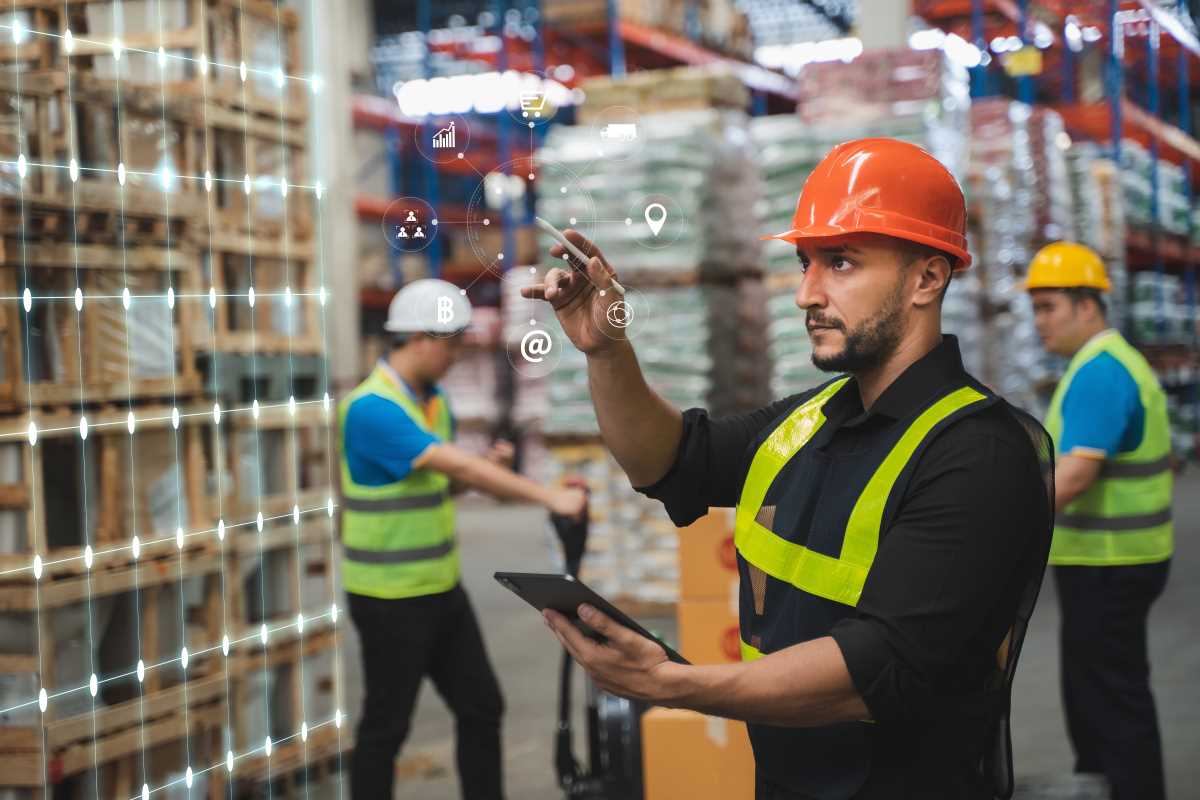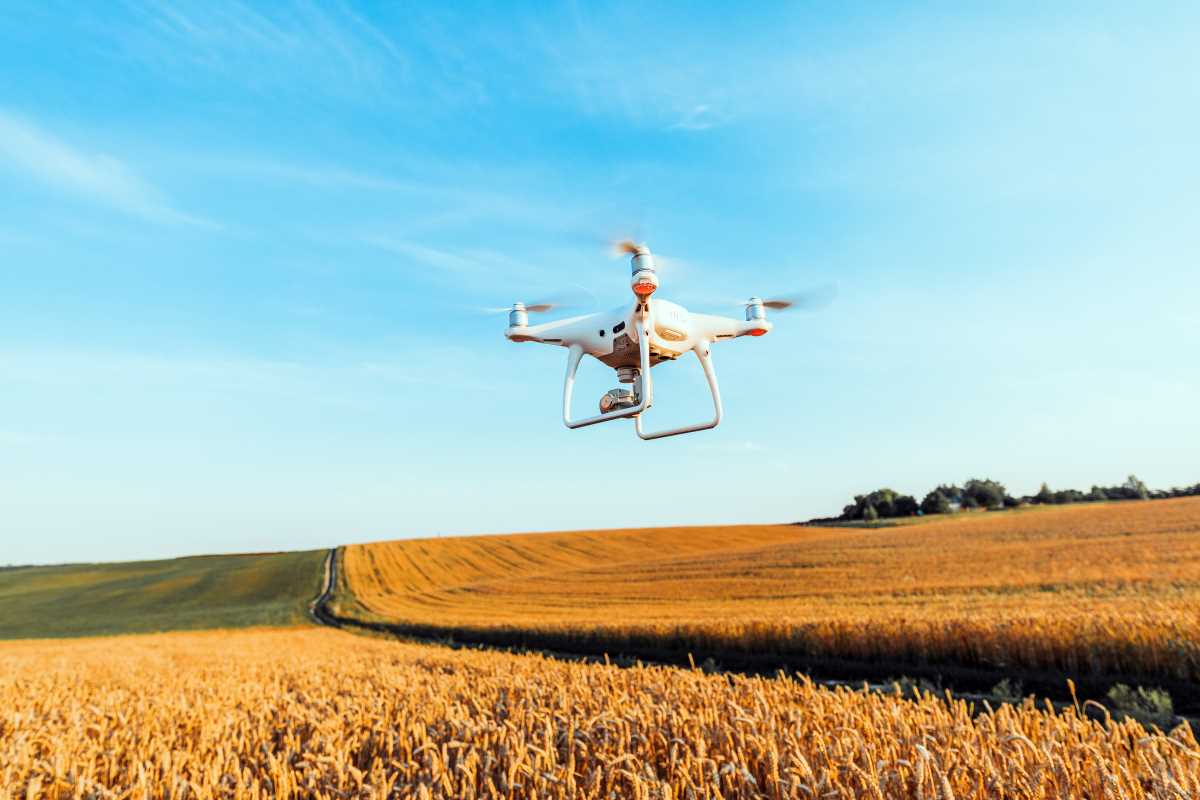E-commerce has revolutionized the way consumers shop, offering convenience, variety, and accessibility. However, this evolution has also increased pressure on businesses to meet sky-high customer expectations for speed, accuracy, and reliability. For e-commerce companies, maintaining competitive delivery speeds is paramount, and the key to achieving this often lies in the efficiency of their warehousing operations.
This is where robotics comes into play. Advancements in robotics technology are transforming warehouses into hubs of precision and productivity, enabling businesses to process orders faster, reduce costs, and improve overall customer satisfaction. Let’s explore how robotics is reshaping the future of e-commerce and why it’s crucial for businesses looking to stay ahead.
The Benefits of Robotics in Warehousing
Robotics in warehousing brings a multitude of advantages that directly impact the speed and efficiency of order processing. By integrating autonomous systems, businesses can handle higher volumes with greater accuracy while reducing dependency on manual labor.
Faster Order Fulfillment
Robots are capable of performing repetitive tasks, such as picking, packing, and sorting, with remarkable speed. Automated picking systems like those developed by companies such as Amazon Robotics and Geek+ can locate, retrieve, and deliver items from storage areas to packing stations in a fraction of the time it would take a human worker. These systems work around the clock, ensuring seamless operations even during peak shopping periods like Black Friday or the holiday season.
Faster order fulfillment doesn’t just reduce lead times; it also boosts customer satisfaction by meeting tight delivery windows. Businesses that can reliably offer next-day or even same-day delivery gain a decisive edge in the e-commerce market.
Enhanced Accuracy in Operations
Order accuracy is another critical factor in e-commerce. Mistakes, such as sending the wrong product or quantity, lead to returns, refunds, and dissatisfied customers. Robotics minimizes these errors by leveraging advanced sensors and algorithms. Automated systems follow precise instructions and cross-check data in real-time, ensuring that each order is prepared exactly as specified.
For example, robotic picking systems equipped with machine vision can identify products based on their size, shape, or barcode, reducing the likelihood of human error. This level of accuracy not only streamlines operations but also strengthens customer trust in the brand.
Reduced Operational Costs
While the initial investment in robotics can be substantial, the long-term cost savings are significant. Robots improve efficiency by completing repetitive tasks more quickly and consistently than human workers. This reduces labor costs associated with overtime, seasonal hires, or high employee turnover.
Additionally, robotics can optimize space utilization within warehouses. Robots like autonomous mobile robots (AMRs) and automated guided vehicles (AGVs) require narrower aisles, allowing warehouses to store more inventory within the same footprint. Businesses can achieve greater throughput without the need to expand facilities or invest in additional storage.
Transforming E-Commerce Logistics Through Robotics
Robotics technology is fundamentally transforming e-commerce logistics by addressing key challenges in warehousing. Here are some of the groundbreaking applications that are driving this evolution:
Automated Picking Systems
Automated picking systems are among the most impactful applications of robotics. Robots equipped with AI and machine learning algorithms can swiftly locate and retrieve items, even in cluttered or high-density environments. Amazon’s use of Kiva robots is a prime example of this technology in action. These robots move shelves of products to human workers at packing stations, drastically reducing the time spent walking between aisles.
Other companies, such as Ocado, operate robotic grids where bots move across a network of rails to retrieve and deliver items. These systems can handle thousands of orders simultaneously, making them a game-changer for high-volume e-commerce operations.
Robotic Sorting and Packing
After items are picked, they need to be sorted and packed for delivery. Robotics simplifies this process by automating complex sorting tasks. For instance, DHL employs robot arms to sort packages into designated bins, ensuring faster and more accurate flow through the fulfillment center. Similarly, automated packing solutions can seal boxes, print labels, and prepare shipments with minimal human intervention.
Robotic Delivery Solutions
While robotics in warehousing focuses on backend operations, it also supports last-mile delivery through innovative solutions such as delivery drones and autonomous vehicles. Companies like Starship Technologies have developed small robotic delivery units that transport packages directly to customers’ doorsteps. These robots are equipped with sensors to navigate urban environments safely and efficiently.
Although still in its early stages, robotic delivery has the potential to redefine how e-commerce businesses meet customer expectations for fast, reliable service.
Meeting Customer Expectations in the Fast-Paced Market
Speed is no longer a luxury but an expectation in e-commerce. Same-day delivery, real-time tracking, and seamless returns are now considered standard by many consumers. Robotics plays an essential role in meeting these demands by ensuring that warehouses operate at peak performance.
Beyond speed, robotics enhances the overall supply chain's resilience. During disruptions, such as labor shortages or sudden spikes in demand, automated systems can fill the gaps and keep operations running smoothly. This agility is critical for businesses striving to deliver exceptional customer experiences.
Actionable Steps for Integrating Robotics in Your Warehousing Operations
If you’re considering integrating robotics into your warehouse, it’s important to approach the transition strategically. Here are practical steps to help you get started:
- Conduct an Operational Audit: Assess your current warehousing processes to identify inefficiencies and bottlenecks. This will help you determine which areas can benefit most from automation.
- Start with a Scalable Solution: Begin with small-scale implementations, such as deploying AMRs for inventory movement or robotic arms for packing. Evaluate the results before scaling up to more comprehensive systems.
- Partner with Technology Providers: Collaborate with robotics providers that specialize in warehouse automation. Companies like Fetch Robotics, Locus Robotics, and 6 River Systems offer solutions tailored to various business sizes and needs.
- Train Your Workforce: Automation doesn’t replace the human element; it enhances it. Provide training for your employees to work alongside robots and manage automated systems effectively. This will ensure a smooth transition and maximize your investment.
- Monitor and Optimize: Use analytics to track the performance of your robotic systems. Metrics such as order accuracy, fulfillment speed, and operating costs will help you identify areas for improvement and optimize your processes.







